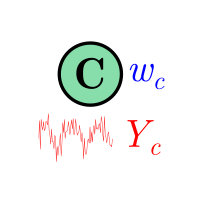This is the first of a line of teaching-oriented posts aimed at explaining fundamental concepts in statistics, neuroscience, and psychology. In this post, I will try to provide an intuitive explanation of (1) the Pearson correlation coefficient, (2) confounding, and (3) how partial correlations can be used to address confounding.



